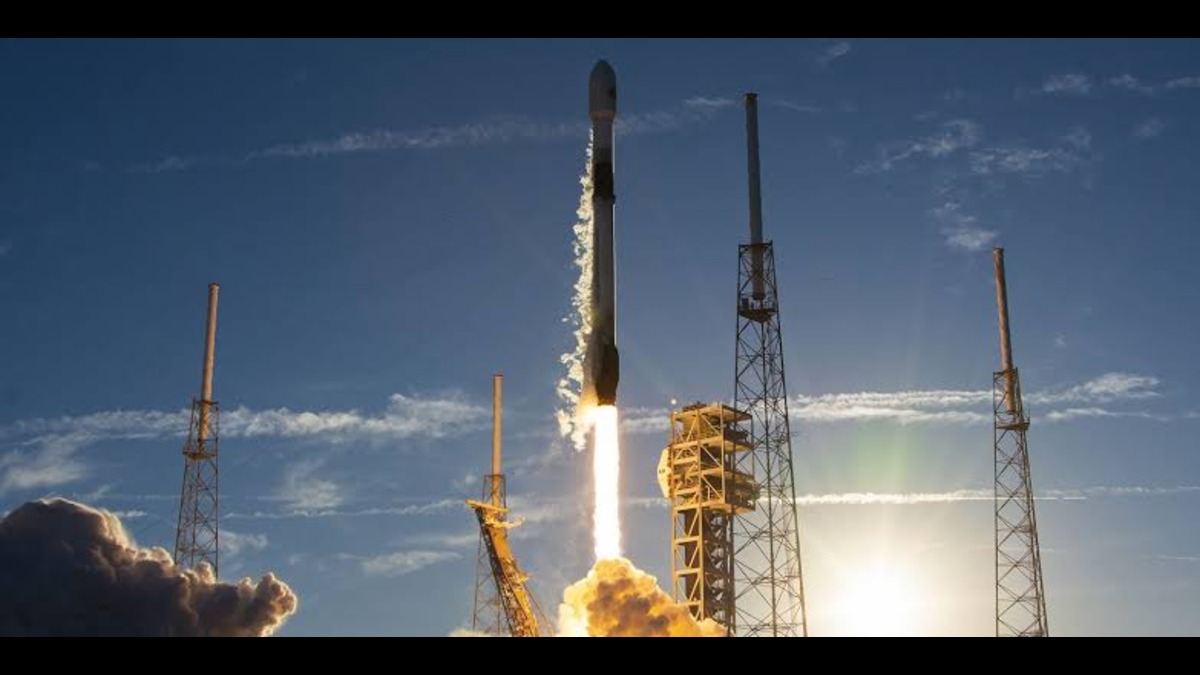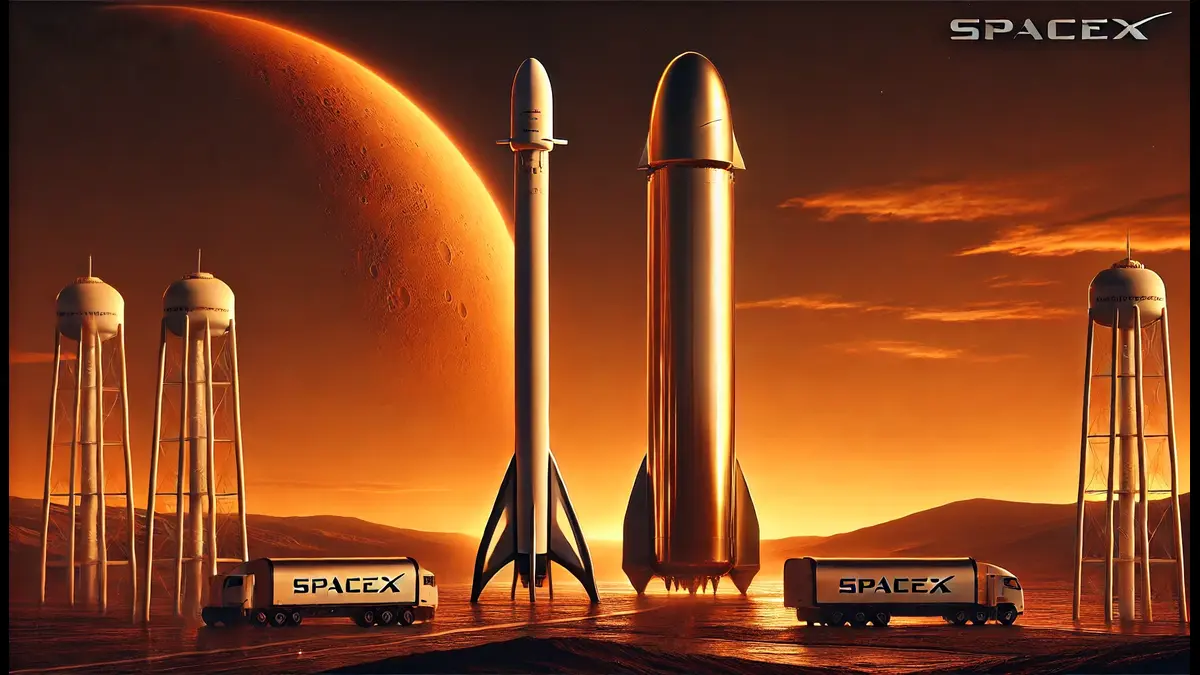SpaceX, founded by Elon Musk in 2002, has revolutionized space travel with its innovative rocket designs.
Two of its most significant rockets are the Falcon 9 and Starship. While Falcon 9 has been the backbone of SpaceX missions for over a decade, Starship represents the future of interplanetary travel.
In this article, we will compare these two rockets based on their design, capabilities, reusability, and potential impact on the future of space exploration.
1. Overview of Falcon 9 and Starship

Falcon 9:
- First launched in 2010.
- Two-stage rocket designed for Earth orbit missions, cargo resupply, and crewed missions.
- Uses Merlin engines powered by RP-1 (kerosene) and liquid oxygen (LOX).
- Capable of landing and reusing the first stage.
- Primarily used for launching satellites, International Space Station (ISS) resupply, and crewed Dragon missions.
Starship:
- First tested in 2020 (full-scale prototype tests began in 2023).
- Fully reusable two-stage rocket system.
- Powered by Raptor engines using liquid methane and liquid oxygen (Methalox).
- Designed for lunar missions, Mars colonization, and deep space travel.
- Capable of carrying over 100 tons of cargo and 100+ passengers.
2. Size and Payload Capacity
| Feature | Falcon 9 | Starship |
|---|---|---|
| Height | 70 meters | 120 meters |
| Diameter | 3.7 meters | 9 meters |
| Payload to LEO | 22.8 tons | 100+ tons |
| Payload to Mars | Not Designed for Mars | 100+ tons |
| Crew Capacity | 7 Astronauts (Dragon Capsule) | 100+ People |
Clearly, Starship is much larger and more powerful than Falcon 9, making it ideal for deep space missions.
3. Engine Technology
Falcon 9 Merlin Engines:
- Uses 9 Merlin engines on the first stage and 1 on the second stage.
- Designed for efficiency and reliability in low Earth orbit (LEO) missions.
- Uses RP-1 and LOX as propellants.
Starship Raptor Engines:
- Uses 33 Raptor engines on the Super Heavy booster and 6 on Starship.
- Fueled by Methalox (methane and liquid oxygen), which allows for fuel production on Mars.
- More powerful than Merlin, with better efficiency for long-duration space travel.
4. Reusability and Cost Efficiency
Falcon 9:
- The first stage is reusable and can land on drone ships or landing pads.
- Second stage is expendable.
- Has completed over 300 launches with multiple booster reuses.
Starship:
- 100% reusable – both the Super Heavy booster and Starship will land and be reused.
- Expected to drastically reduce spaceflight costs.
- Designed for rapid turnaround and frequent launches.
Starship’s full reusability gives it a major advantage in reducing the cost per launch compared to Falcon 9.
5. Mission Capabilities
Falcon 9’s Missions:
- Satellite launches (Starlink, commercial satellites).
- ISS resupply missions.
- Crewed missions using Crew Dragon.
- Interplanetary launches (e.g., NASA’s DART mission to an asteroid).
Starship’s Missions:
- Lunar missions (Selected by NASA for the Artemis program).
- Mars colonization (Core part of Musk’s vision for humanity’s future).
- Deep space exploration (Potential Jupiter and Saturn missions).
- Commercial space travel (Planned for point-to-point Earth travel in under an hour).
6. Future Impact on Space Exploration
Falcon 9’s Legacy:
Falcon 9 has proven that reusable rockets can be reliable and cost-effective. It has successfully launched satellites, astronauts, and cargo into space, making commercial spaceflight a reality. It will continue to be used for satellite launches and ISS missions until fully replaced by Starship.
Starship’s Revolutionary Potential:
Starship will reshape space travel by making deep space exploration affordable and accessible. Its massive payload capacity and full reusability mean that missions to Mars, the Moon, and beyond will become a reality much sooner. If successful, Starship could be the key to humanity’s interplanetary expansion.
7. Conclusion: Falcon 9 vs Starship – Which One is Better?
While Falcon 9 is a proven workhorse for Earth orbit missions, Starship is the future. It offers higher payload capacity, full reusability, and interplanetary capabilities. SpaceX will continue using Falcon 9 in the near future, but Starship’s success could make single-use and partially reusable rockets obsolete.
Key Takeaways:
- Falcon 9 is great for Earth orbit, ISS resupply, and commercial launches.
- Starship is designed for Moon, Mars, and beyond.
- Reusability: Falcon 9 reuses the first stage, while Starship is fully reusable.
- Payload capacity: Starship can carry far more cargo and crew.
With Starship, SpaceX is pushing the boundaries of space exploration and bringing us closer to a multi-planetary future. Whether it’s launching satellites today or building colonies on Mars tomorrow, SpaceX is leading the way in the new era of space travel.

